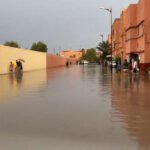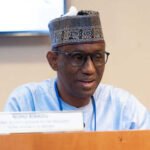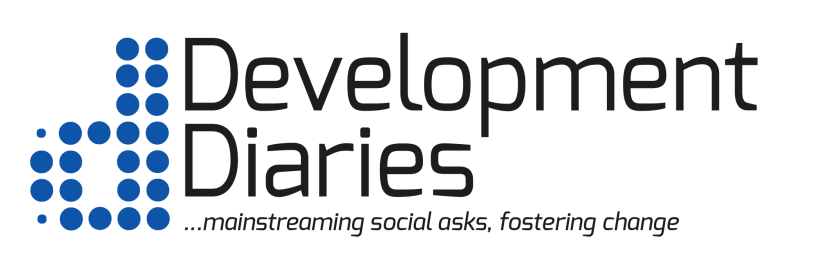World Bank and Madagascar have signed a $50 million deal for efforts to reduce carbon emissions from deforestation and forest degradation.
The four-year deal, it is understood, is also designed to alleviate poverty among forest-dependent communities in the country.
Madagascar’s Ministry of Environment and Sustainable Development signed the landmark agreement with the World Bank’s Forest Carbon Partnership Facility (FCPF).
FCPF, Development Diaries understands, is a global partnership of governments, businesses, civil society, and indigenous peoples’ organisations focused on reducing emissions from deforestation and forest degradation.
Madagascar is one of the world’s highest priority countries for biodiversity conservation due to its high number of unique plant and animal species.
But deforestation, land degradation and the effects of climate change are ravaging the country’s natural resources. It is estimated that 20 percent of the island is already affected by desertification, according to Farming First.
Water levels, according to media reports, are rising each year in Madagascar and weather patterns are becoming more unusual and extreme, impacting on food security.
Some 1.35 million people are projected to be food insecure, and the Covid-19 pandemic has added to the hardship, causing seasonal employment to dry up, according to the UN World Food Programme (WFP).
The people projected to be food insecure make up 35 percent of the region’s population, and 135,000 children are severely or acutely malnourished.
‘With this Emission Reductions Payment Agreement (ERPA) in place, Madagascar is expected to reduce ten million tons of carbon dioxide emissions from the country’s rainforest-rich eastern coast’, a World Bank statement read.
The ERPA programme aims to increase agricultural productivity and reduce rural poverty while improving soil quality, conserving water resources, and protecting vital forests and biodiversity.
The programme’s area covers ten percent of the country, stretching across almost seven million hectares along the country’s eastern humid forest ecoregion, which is home to more than half of Madagascar’s biodiversity-rich rainforests.
‘The programme builds on the country’s integrated agriculture landscape approach that aims to address the direct and indirect causes of deforestation and degradation and protect important watersheds’, the statement read.
‘The programme reinforces conservation and community forest management and builds on forest-friendly agroforestry value chains, such as vanilla’.
For his part, Madagascar’s Minister of Environment and Sustainable Development, Baomiavotse Vahinala Raharinirina, said the agreement would allow the country finance its current policy of regreening the island.
‘The ministry will ensure fairness in the redistribution of revenues and make it a tool in the fight against precariousness while reducing pressure on the island’s unique biodiversity’, the statement quoted Raharinirina as saying.
Source: World Bank
Photo source: FAO




